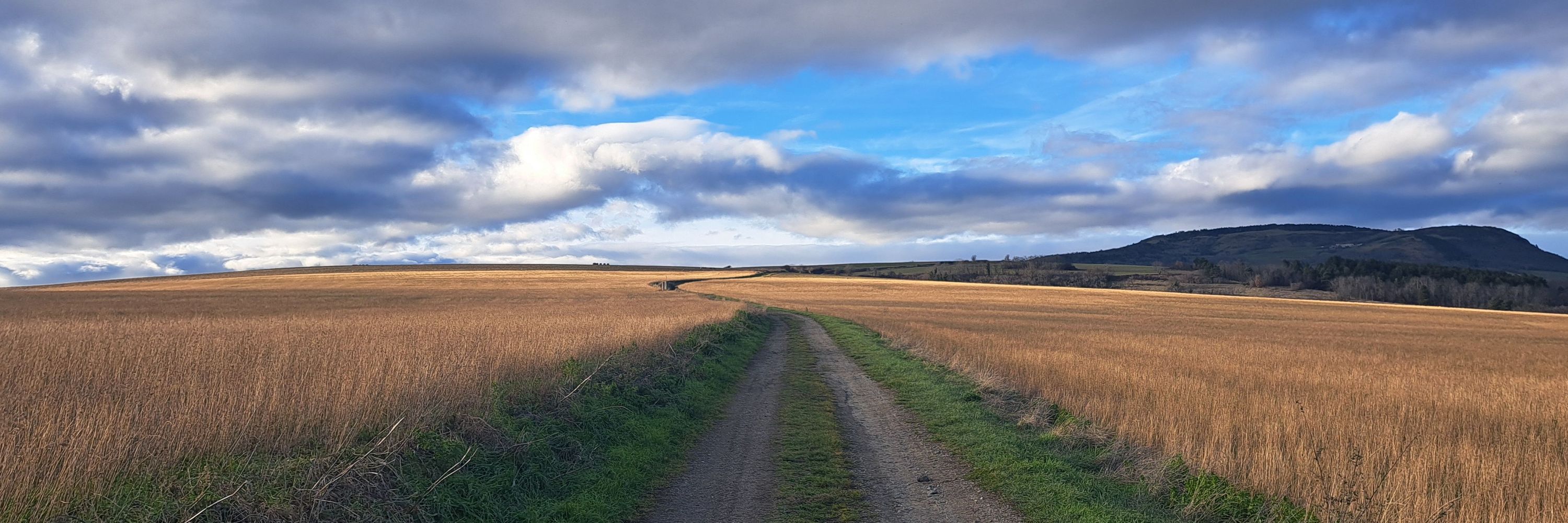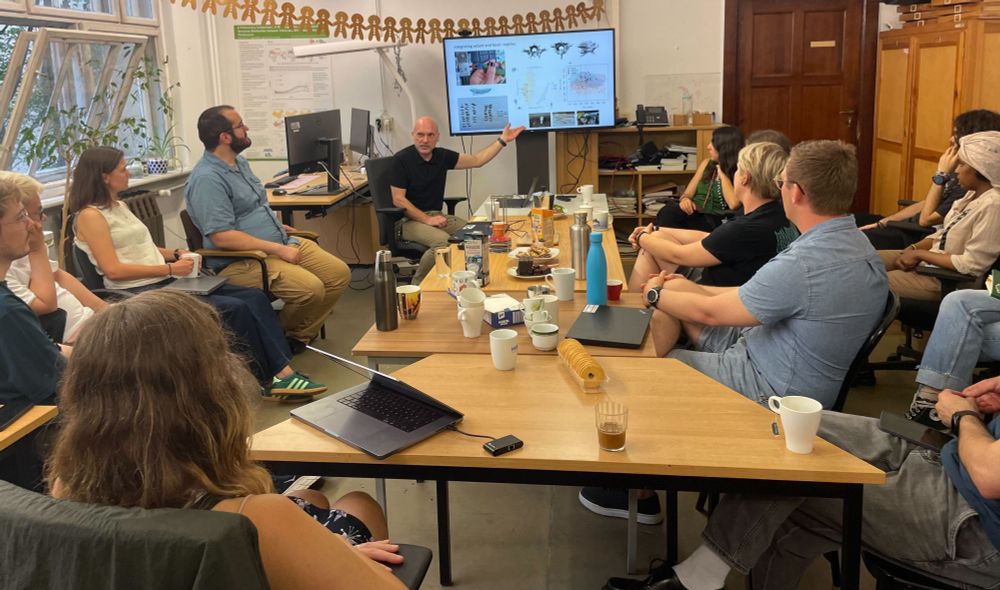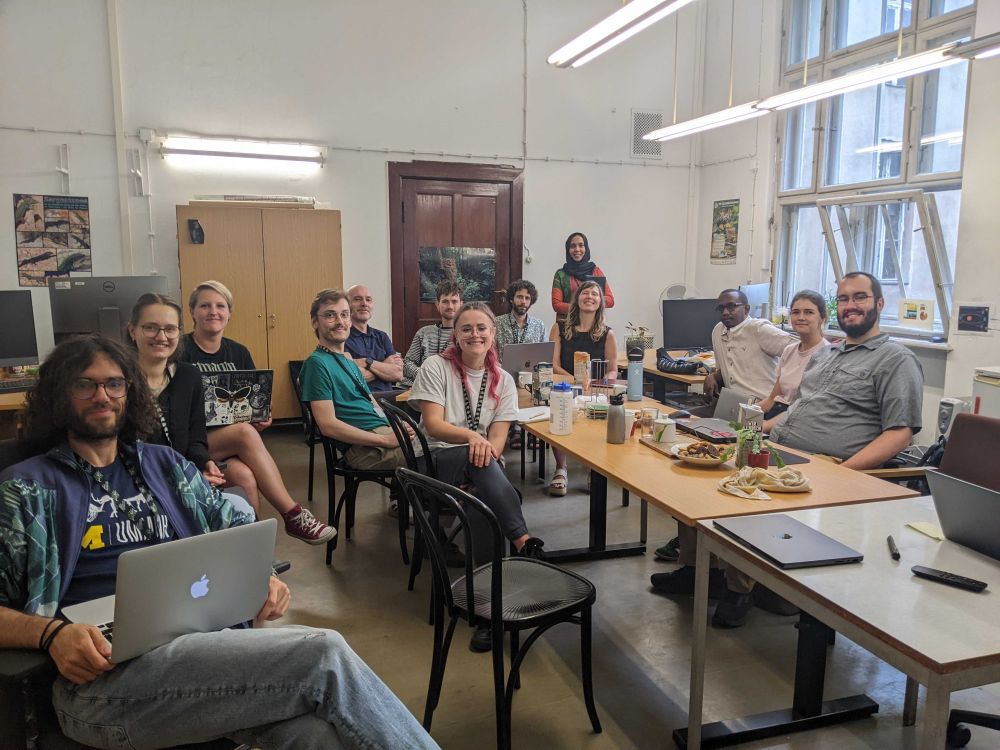Pierre Orgebin
@pierreorgebin.bsky.social
40 followers
190 following
9 posts
PhD student
Palaeontology 🦌🦬🦒
Martin Luther Universität Halle Wittenberg
Museum für Naturkunde Berlin
Posts
Media
Videos
Starter Packs
Reposted by Pierre Orgebin
Amniota Lab
@amniotalab.bsky.social
· Sep 3

Virtual endocast of the Late Miocene Hoplitomeryx matthei (Artiodactyla, Hoplitomerycidae) and brain evolution in insular ruminants | Proceedings of the Royal Society B: Biological Sciences
Mammals often follow peculiar evolutionary trajectories on islands, with some Pleistocene
insular large mammals exhibiting reduced relative brain size. However, the antiquity
of this phenomenon remain...
royalsocietypublishing.org
Reposted by Pierre Orgebin
Roberto Rozzi
@robertorozzi.bsky.social
· Aug 13

Time to grow up: the PETM climatic event favoured metamorphosing salamanders (Urodela, Salamandridae) | Proceedings of the Royal Society B: Biological Sciences
Currently, little is known about the early evolution and geographical origin of Salamandridae,
the most species-rich family of Palearctic salamanders. The description of new fossil
material from the e...
royalsocietypublishing.org
Reposted by Pierre Orgebin
Reposted by Pierre Orgebin
Reposted by Pierre Orgebin
Roberto Rozzi
@robertorozzi.bsky.social
· May 12
Reposted by Pierre Orgebin
Amniota Lab
@amniotalab.bsky.social
· Mar 19

Cranial morphology in flying squirrels: diet, shape, and size disparity across tropical and temperate biomes - Frontiers in Zoology
Background Species richness increases gradually as latitude decreases, however, the explanation for this phenomenon remains unclear. Ecological hypotheses suggest that greater niche diversity in tropi...
doi.org
Reposted by Pierre Orgebin
Amniota Lab
@amniotalab.bsky.social
· Mar 19

The differentiated impacts and constraints of allometry, phylogeny, and environment on the ruminants’ ankle bone - Communications Biology
3D geometric morphometrics reveal how phylogeny, allometry, and locomotor adaptations shape the morphology of the ruminant astragalus, highlighting its integrated nature and evolutionary constraints.
www.nature.com
Pierre Orgebin
@pierreorgebin.bsky.social
· Mar 19








